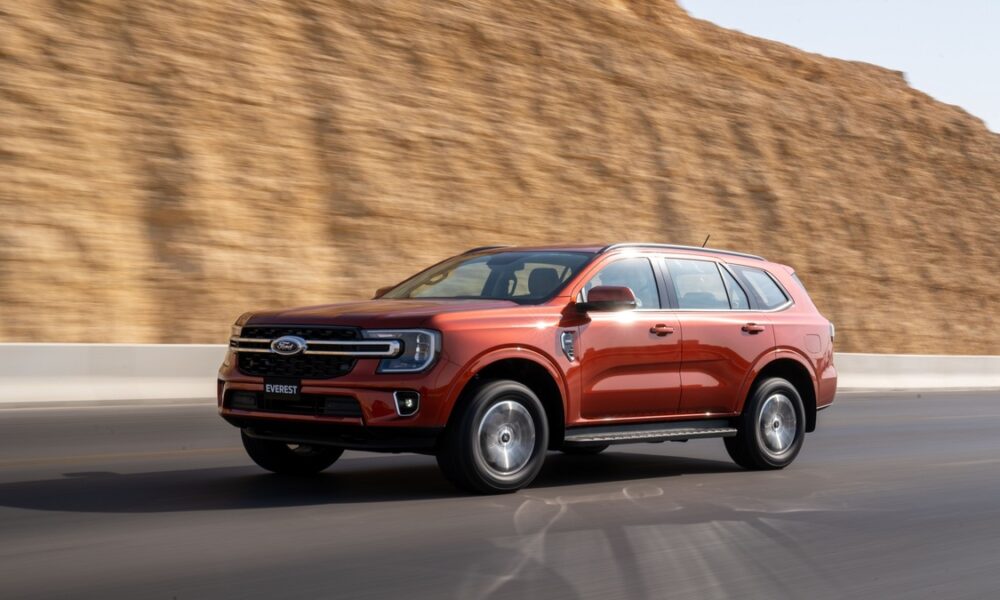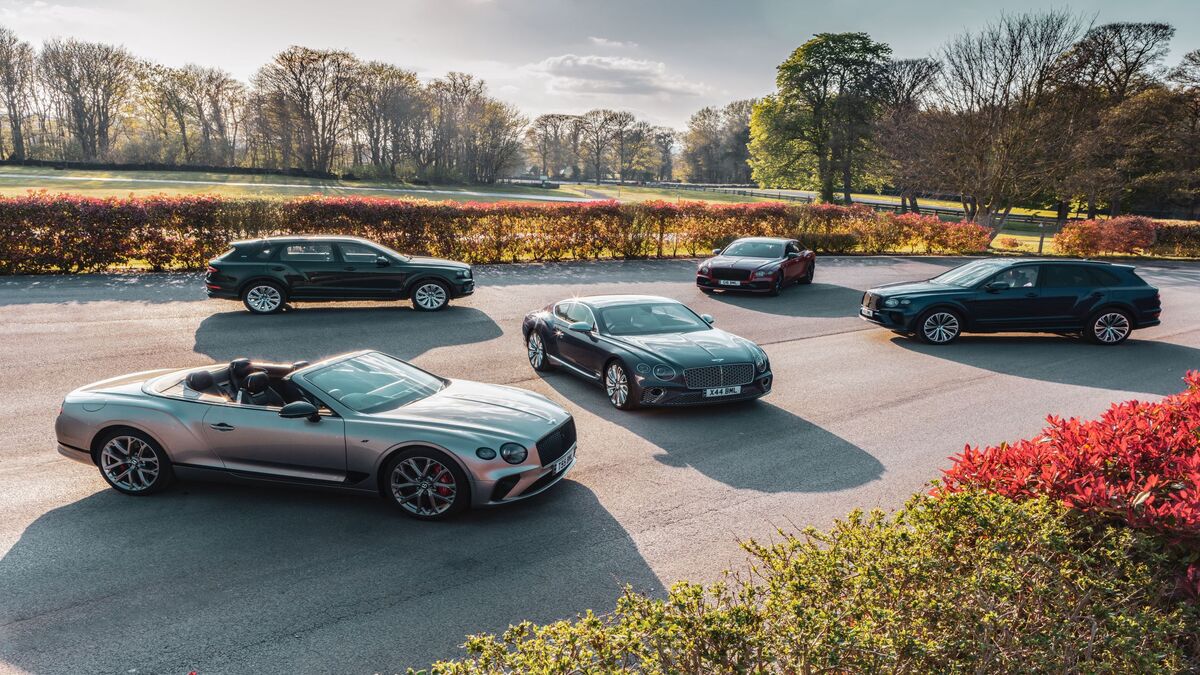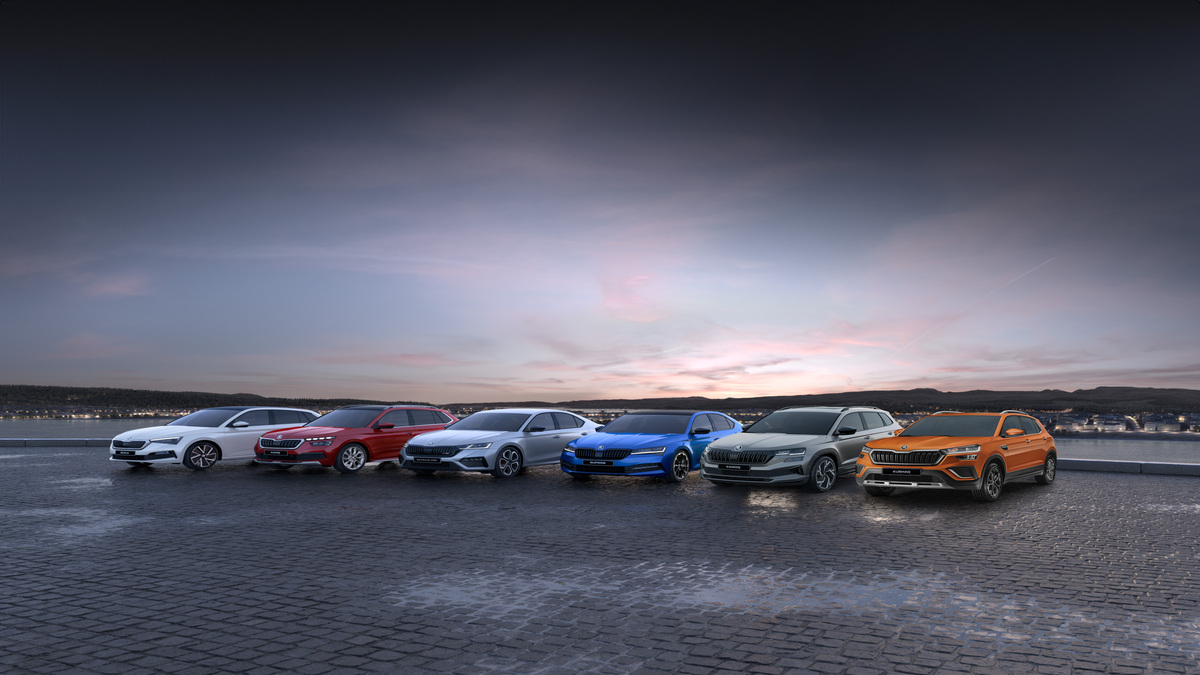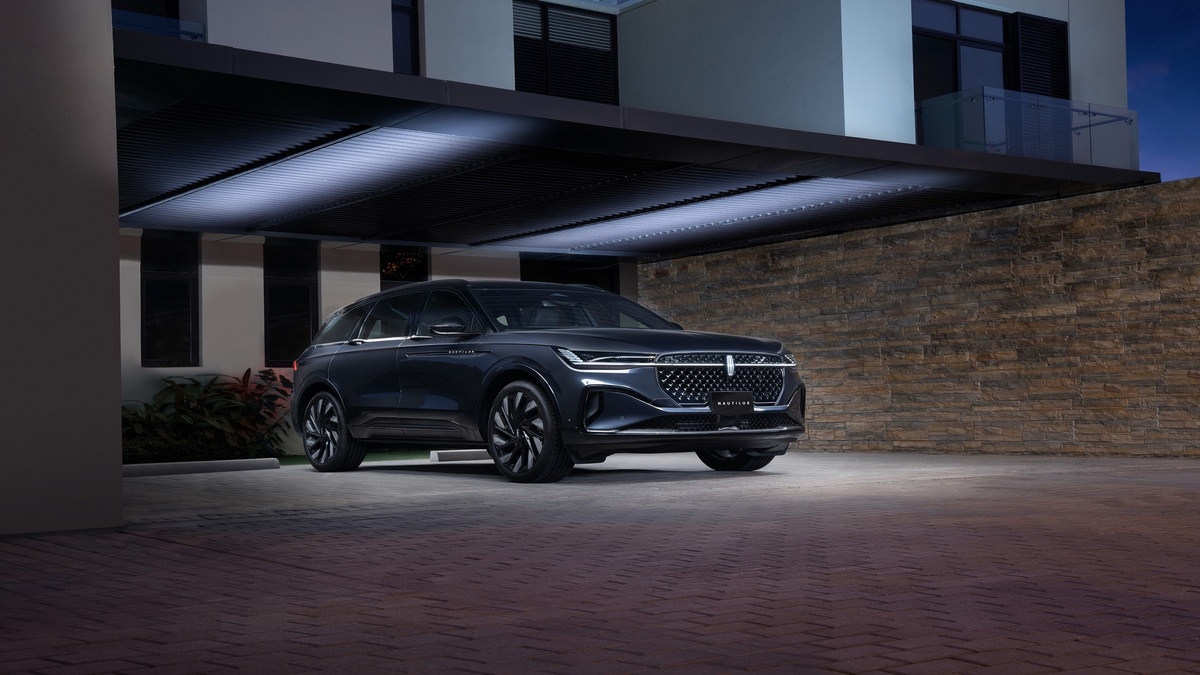Helmholtz Resonance: How Ford Engineers Tackled the Dreaded Window Throb Across Ranger & Everest

Dubai: We’ve all been in a car when someone’s opened a window for some fresh air, and suddenly it feels as if your ear drums are about to explode.
This ear-thumping thunder is known colloquially as window buffeting or window throb, or ‘close that window now, my ears are about to explode’, but its scientific description is Helmholtz resonance. The ‘throb’ occurs when only one vehicle window is lowered and can usually be stopped by lowering another window on the opposite side of the vehicle. But why does it happen?
A vehicle is like a bottle…
According to Neil Lewington, PhD, technical specialist and aerodynamics supervisor, Ford Australia this ear-annoying buffeting is “the same principle as when you blow across the top of a bottle to produce a hum,” Lewington said.
This means, the larger the bottle the lower the tone when compared with a small bottle; a vehicle is like a very large bottle and so you end up with a very low tone. Indeed, the tone produced is around 20Hz, which is on the edge of what a person would say they ‘feel’ versus what they ‘hear’, according to Lewington.
“The air inside the bottle, or vehicle, is compressed and the air rushing past an open window, or the open bottle, creates little vortexes at the opening that cause the air inside the vessel to compress and decompress rapidly. We hear that action as sound – a horrible sound that sounds and feels like someone banging on your ear drums. This throbbing sound is so uncomfortable because it’s low frequency, which is caused by the speed of the air across the opening and the volume of air inside the vehicle. That low frequency causes throbbing and really aggravates your ear drums.”
Neil Lewington, PhD, technical specialist and aerodynamics supervisor, Ford Australia
Side mirror designed to reduce ‘throb’
A lot of work went into the shape of the side mirror to reduce window throb when the front window is open while not creating any additional noise when the window is up.
“From NVH to aerodynamics and design, we spent hundreds of hours on simulations and physical testing in a wind tunnel to tune the shape of the mirror cap and sail to control noise levels. The same phenomenon can occur with a sunroof, and that is the sole reason we have a mesh deflector that pops up from the front of the sunroof when you open it. Again, a lot of work there to optimize the height and position of the deflector to eliminate the ‘throb’ but not to create too much wind-rush noise.”
Mark Thompson, PhD, Noise, Vibration and Harshness engineer, Ranger and Everest
Better sealed for customer comfort
Modern cars are particularly bad for window throb, according to Dr. Thompson, and that’s because they’re both better sealed and more aerodynamic. The slipperier a vehicle is, the closer the air is to the body and so it’s more likely to disturb the air inside the cabin when that rushing air meets an opening.
“Vehicles these days are designed to be well sealed for improved acoustic refinement and have attached air for aerodynamics and fuel efficiency, but this makes them more susceptible to ‘throb’,”
Dr. Thompson
Why does lowering two windows stop the buffeting? It provides a release point for the air pressure, said Lewington.
“As the air begins to compress inside the vessel or vehicle, it’s able to escape out the other opening, avoiding the throb.”
Neil Lewington
Size does matter
If it’s the same as blowing across an open bottle, why is it so loud in my car? This is because the volume, or loudness, is dependent on the speed of air rushing past the opening; the faster you go, the louder it gets.
To avoid the dreaded window throb, only drive around with the one window open at low speeds, “have two windows open when driving at more than around-town speeds so the air has an escape path or keep the windows up and use the air-con instead – you’ll be more comfortable,” Lewington concluded.







